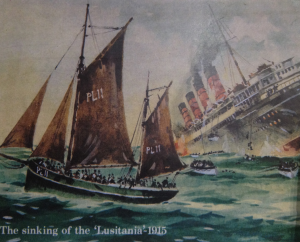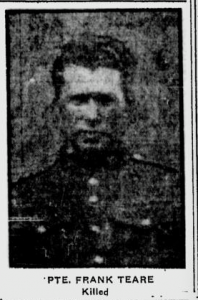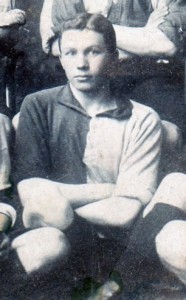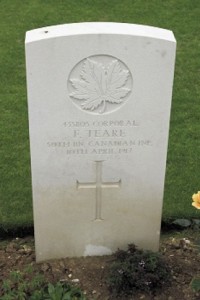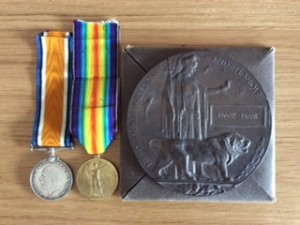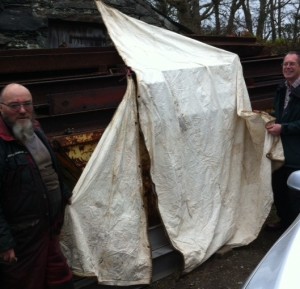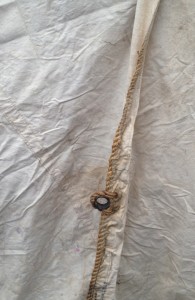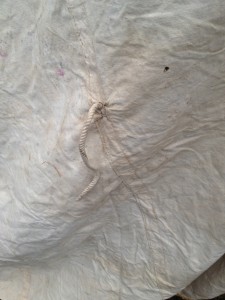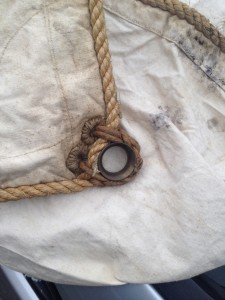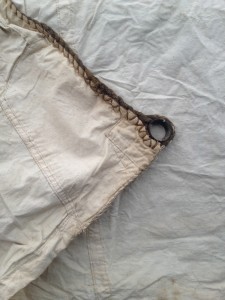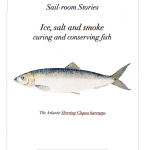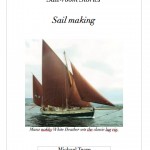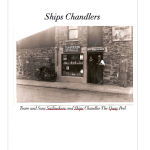 Developments in DNA testing over the last 20 years have contributed greatly to the recent increase in knowledge about people’s ethnic and genetic origins. The availability of a number of companies offering commercial testing has lead to a reduction in cost as well as improved range of tests and better knowledge of interpretation of results. The testing of the male Y chromosome has proved so far the most fruitful in this respect for two reasons:-
Developments in DNA testing over the last 20 years have contributed greatly to the recent increase in knowledge about people’s ethnic and genetic origins. The availability of a number of companies offering commercial testing has lead to a reduction in cost as well as improved range of tests and better knowledge of interpretation of results. The testing of the male Y chromosome has proved so far the most fruitful in this respect for two reasons:-
- the male Y-chromosome is passed down largely unchanged from father to son, tracking the male genetic line (patrilineal) – and therefore tracks also all the male holders of one family name
- there is a low rate of mutation of the Y-chromosome as it is passed from one generation to another, but the rate of change is sufficient to identify and track branches in family groups within the last 7-800 years, ie the genealogical timescale in which family names have been used.
The Manx Y-DNA study has been running for 8 years and now includes the Y DNA data on over 500 individuals of Manx origin. The ancestral Y DNA signatures of over 100 families of Manx origin have been identified providing new information on the origins of the early population of the Isle of Man, at a family level – where they came from and also insights into the process of the formation of Manx family names. Based on the sample of men tested in this study, approximately a quarter of the men of this early population of the Isle of Man, with male descendants surviving today, had male ancestors who previously came from Scandinavia and Northern Europe. The remainder came from neighbouring areas, mainly Ireland, Scotland and early Britain. The proportion of Scandinavian genes in the male population of the Isle of Man today will have been reduced due to influx of population in the 19 and 20th centuries. The close-relatedness of the Manx community genetically is a notable feature of the Isle of Man, as might be expected. Y-DNA testing indicates that a number of male lines are connected from early times. However autosomal DNA testing provides further anecdotal evidence of this characteristic amongst a small population of people with Manx ancestry.
Teare / Tear family ancestry
Analysis of the Tear/e family lines show there are two distinct male ancestors living about 1000 years ago who are ancestors to Teare families living today. These can be defined broadly as the Patrick/Peel line with origins in Celtic Britain and the Andreas line having origins in Ireland. Of course this does not mean that there have not been connections between these 2 family lines during the intervening years – indeed it would be extremely unlikely for that to be the case.
From Manx Y-DNA Study – 8 Year Report – Results by Family Name
Tear/e – Line 1: Patrick/Peel Origins
Hg R1b: Celtic origin: Defining Y-SNP: R-L21>DF13>Z253>L1066
The earliest surviving documentary record of this name on the Island was from 1372. Early forms of the name were ‘Mactyr/Mac Tere/Mac Terre/Mc Tyre’ and it was believed to mean ‘Son of the craftsman.’ Y-DNA testing up to 67 markers has been such that the ancestral haplotype has been identified. This name is unique to the Isle of Man and is not formed elsewhere. Y-DNA testing and analysis shows that this male line belongs to Haplogroup R1b and the lowest level Y-SNP identifiable is R-L21>DF13>Z253>L1066. Analysis suggests that the patriarchs of this male line, before they arrived on the Isle of Man, lived in Celtic Britain.
Tear/e – Line 2: Andreas origins
Hg R1b: Celtic origin: Defining Y-SNP: R-L21>M222
The earliest surviving documentary record of this name on the Island was from 1372. Early forms of the name were ‘Mactyr/Mac Tere/Mac Terre/Mc Tyre’ and it was believed to mean ‘Son of the craftsman.’ Y-DNA testing up to 67 markers has been such that the ancestral haplotype has been identified. This name is unique to the Isle of Man and is not formed elsewhere. Y-DNA testing and analysis shows that this male line belongs to Haplogroup R1b and the lowest level Y-SNP identifiable is R-L21>M222. Analysis suggests that the patriarchs of this male line, before they arrived on the Isle of Man, lived in Ireland (Ui Niall Dynasty).
The full report is available at: http://www.manxdna.co.uk/results.htm



